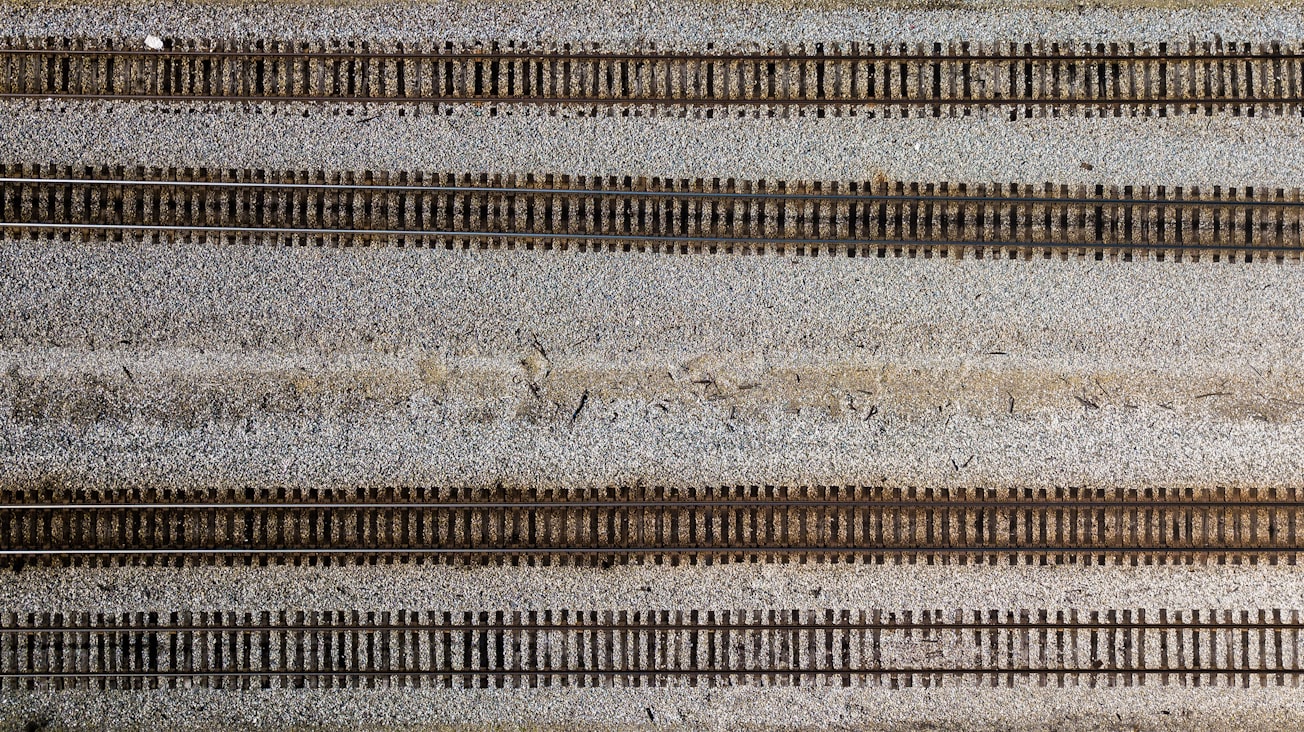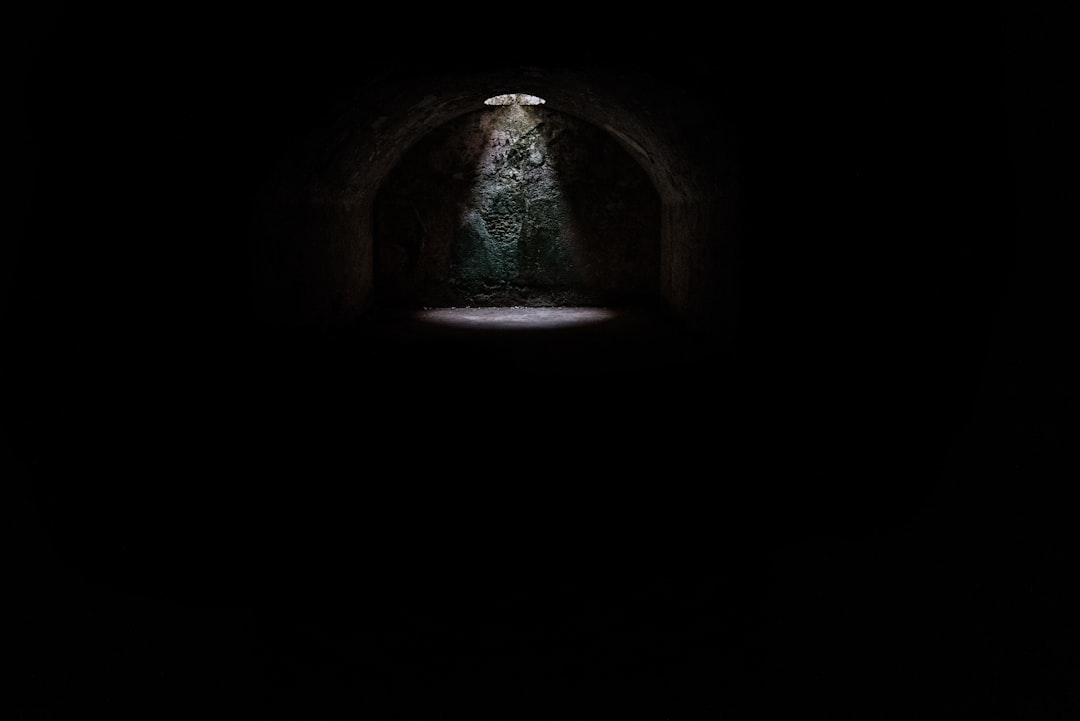What is it about?
In the near future, combo of UAV (Unmanned Aerial Vehicle) and computer vision will play a vital role in monitoring the condition of the railroad periodically to ensure passenger safety. The most significant module involved in railroad visual processing is obstacle detection, in which caution is obstacle fallen near track gage inside or outside. This leads to the importance of detecting and segment the railroad as three key regions, such as gage inside, rails, and background. Traditional railroad segmentation methods depend on either manual feature selection or expensive dedicated devices such as Lidar, which is typically less reliable in railroad semantic segmentation. Also, cameras mounted on moving vehicles like a drone can produce high-resolution images, so segmenting precise pixel information from those aerial images has been challenging due to the railroad surroundings chaos. RSNet is a multi-level feature fusion algorithm for segmenting railroad aerial images captured by UAV and proposes an attention-based efficient convolutional encoder for feature extraction, which is robust and computationally efficient and modified residual decoder for segmentation which considers only essential features and produces less overhead with higher performance even in real-time railroad drone imagery. The network is trained and tested on a railroad scenic view segmentation dataset (RSSD), which we have built from real-time UAV images and achieves 0.973 dice coefficient and 0.94 jaccard on test data that exhibits better results compared to the existing approaches like a residual unit and residual squeeze net.
Featured Image

Photo by Nathan Gonthier on Unsplash
Why is it important?
In railways, an accident causes significant damages to the railway concerning harshness and death rate and has been on the upswing for the past ten years. The number of accidents is rising rottenly, which is crucial for perception and avoiding casualties. Observing activities has become feasible with manual monitoring of railway tracks. In real-time, this is a tedious job that needs more labor to inspect, especially in a dangerous area, and it is not sufficient to stop the accidents. UAV with deep neural networks will become a significant research area for dynamically and frequently monitoring the railway track condition to safeguard travelers.
Perspectives
(1) The creation of new dataset consists of annotations and binary mask creation using color threshold function for the semantic segmentation of the railroad environment. (2) A novel semantic segmentation network model targeting real-time aerial railroad images considering only important features and produces higher performance in the railway environment. Testing results proved that the enhanced model accomplishes superior to the existing models. (3) The different illumination effects of input images with varying backgrounds are predicted.
Rampriya R S
Anna University Chennai
Read the Original
This page is a summary of: RSNet: Rail semantic segmentation network for extracting aerial railroad images, Journal of Intelligent & Fuzzy Systems, September 2021, IOS Press,
DOI: 10.3233/jifs-210349.
You can read the full text:
Resources
Contributors
The following have contributed to this page










